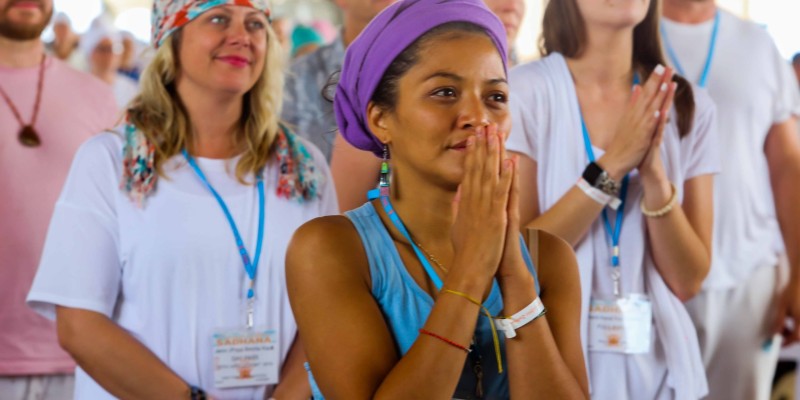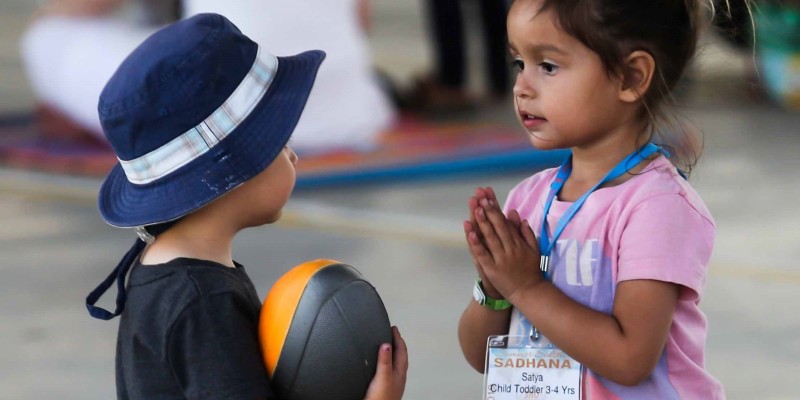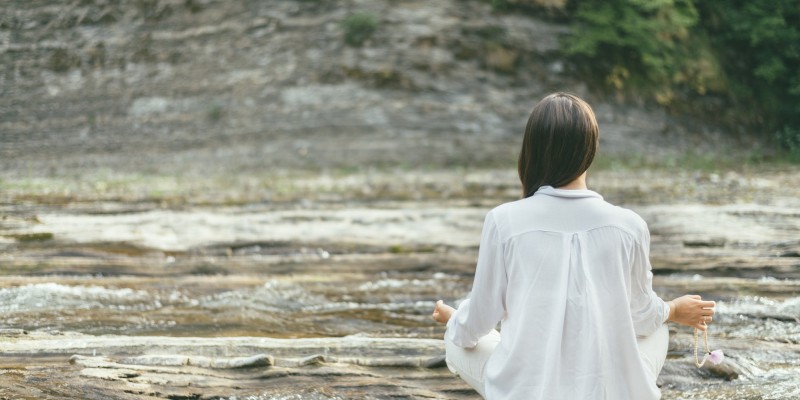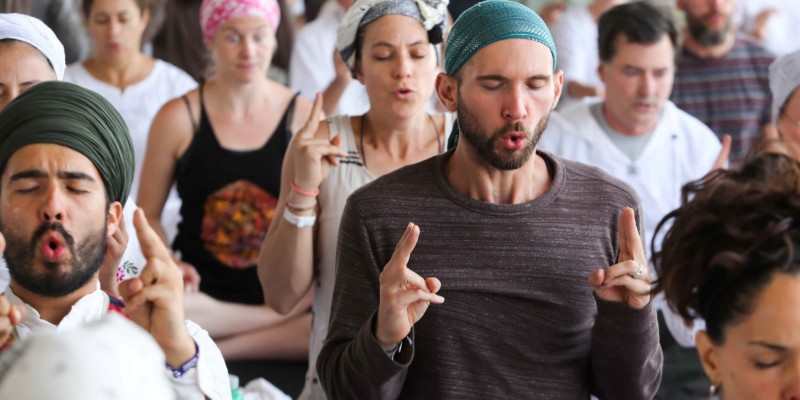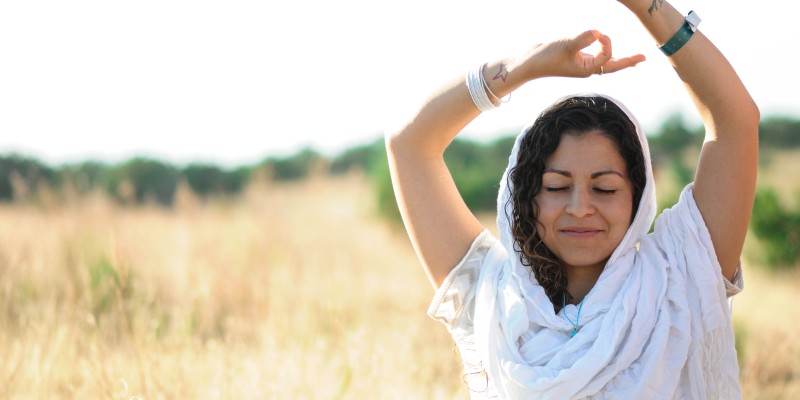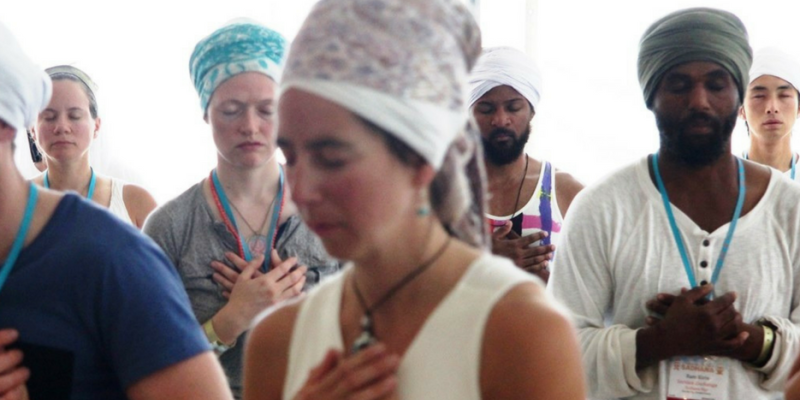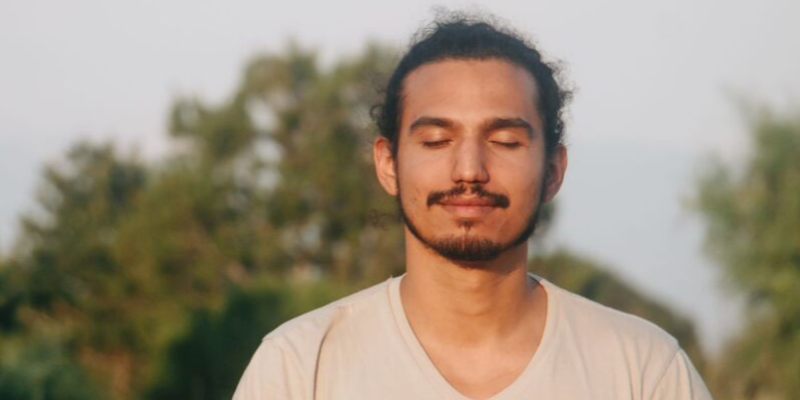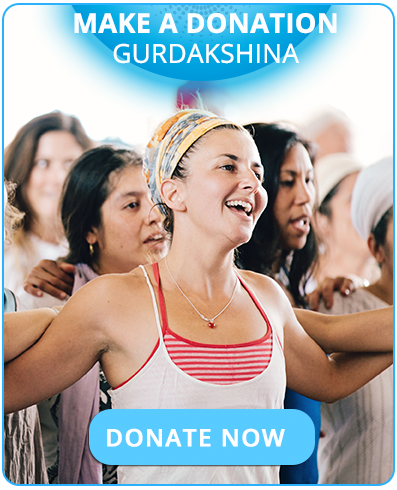The Kiss of the Divine: Guiding the Exhale
Postural Expression
I have made a life-long study of interpreting human behavior by observing human structural and movement patterns. Our patterns of movement can become accurate indications of our personality and character. We express ourselves through the thirty-trillion cells circulating throughout our bodies. As the cells dance, performing their individual responsibilities, they act together and in total, and become a personality.
